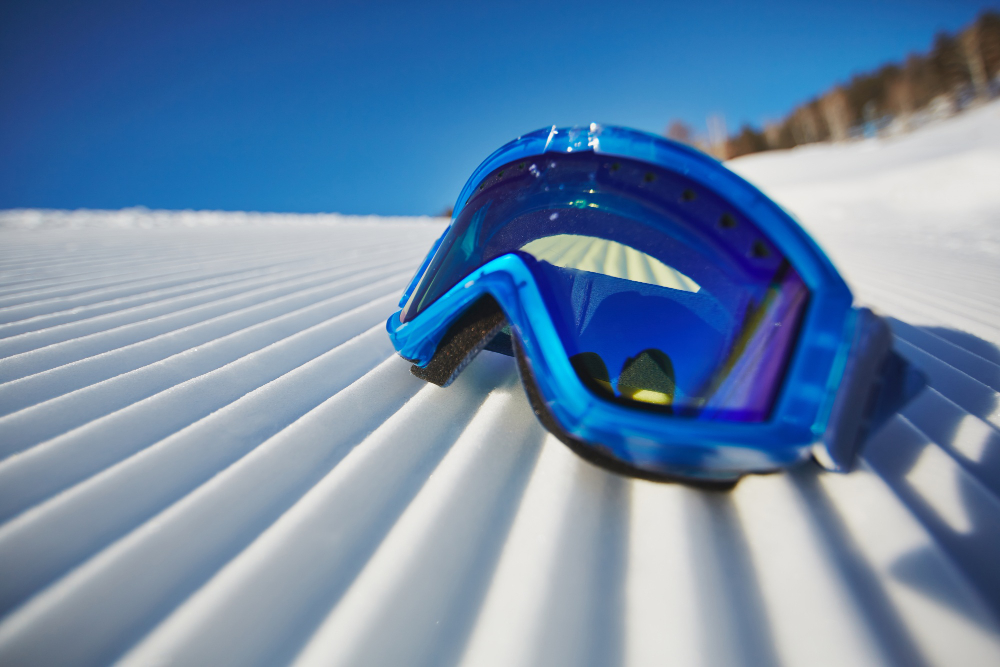
TTo find good ski boots, it’s crucial to try them on before purchasing. Renting from a reputable shop at the resort ensures a professional can assess your shoe size, flexibility, and cushion tightness. Shoe size varies based on foot size and calf thickness. Thermo-comfortable soles or boot fitting provide unmatched comfort. Trying on boots guarantees a proper fit for an optimal skiing experience.
When it comes to snowboarding, having flexible and comfortable boots is essential since your connection to the snowboard relies solely on them. The flex of the boots should be your primary consideration, providing a balance of ankle support and firmness. Beginners may opt for a soft flex, allowing for greater freedom of movement, while experienced riders may prefer a stiffer flex. As for shoe size, similar to ski boots, it’s important to try them on for the best fit. Look for a model with a convenient lacing wheel, such as the Boa system, and reinforced calf support both on the exterior and interior of the boots.
Start with evaluating your ski level, your morphology, but also the type of equipment you want to choose. In general, the smaller the skis, the more it’s fitting for a beginner, while the shortest skis are suitable for sporty skiers, except in the case of freeride. Also, to start on the slopes, go for skis that are 10 cm shorter than you or for skis of your height if you are an expert that likes to freeride. In all cases, the store’s expert could be useful.
Choose your snowboard based on your skill level, body shape, and preferences. Freestyle boards are practical, while All-Mountain boards offer better grip and speed. Beginners should go for flexible boards, while experts can rent rigid ones. For sizing, freestyle boards should be 20-25 cm shorter than your height, and All-Mountain boards 10-15 cm shorter. If you have a shoe size larger than 45, opt for Wide boards for added comfort. Seek advice from experts to make the right choice.
It is strongly recommended for beginners but mandatory for children in order to avoid injuries during falls. For snowboard, this is even more important: because of the sporty nature of this discipline, the helmet is always welcomed, for both children as adults.
These accessories are more used for snowboarding; to prevent injuries during falls, it is good to wear wrist, knee, and elbow protections. Shin protections are also important if you freestyle.
Warmth, lightness, flexibility, and firmness: these are the key words for your winter wardrobe for skiing or snowboarding. Be sure to wear a minimum of two layers and to wear a hat under your helmet as well as reinforced gloves.
A bag of 20 or 25 L is perfectly sufficient for an occasional non-technical usage. It allows you to keep your personal belongings without any problems. Choose one that can be adjusted to optimize comfort. If you cross-country ski or do other sports where you need to carry your skis for example, go for a bag of 30 L or more with technical characteristics like straps, back reinforcement, ABS. Backpacks for skiing or snowboarding differ also according to morphology: try them before buying/renting one!
Other than freeing your arms and sometimes to protect your back, the backpack is used for off-piste walks, hikes or any other winter activity. In addition, it can contain your sports camera in order to film your trips.